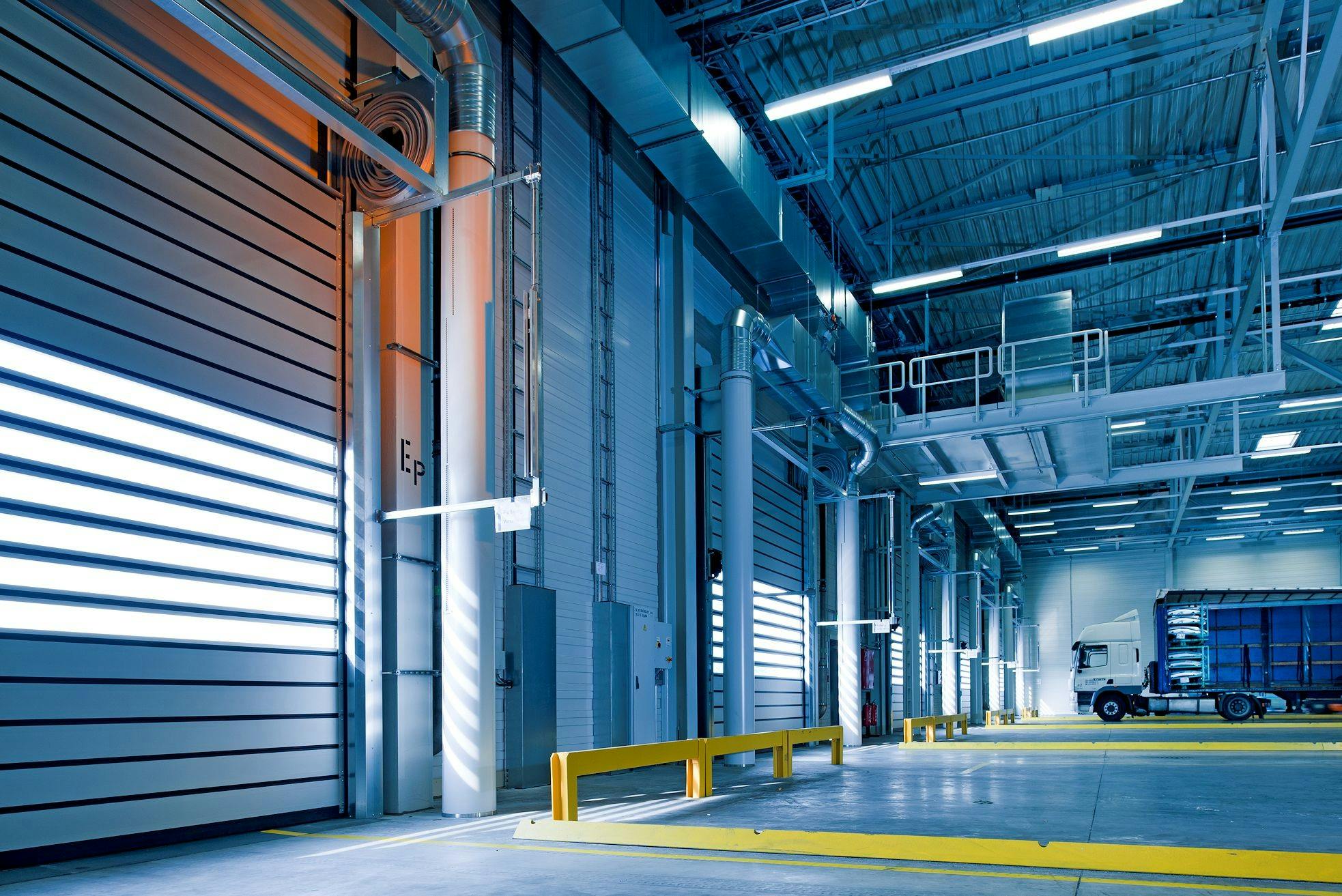Troubleshooting OS Installation Issues on the ASRock B450 Steel Legend Motherboard
Introduction
Many users assembling or troubleshooting systems based on the ASRock B450 Steel Legend motherboard encounter challenges when trying to boot from a USB pen drive to install or run an operating system. This article aims to provide a comprehensive overview of common issues and potential solutions to ensure smooth OS installation and booting processes.
System Specifications
- Motherboard: ASRock B450 Steel Legend
- Processor: AMD Ryzen 3 3200G
- RAM: Corsair DDR4 8GB
- Storage: 240GB Samsung SSD
Issue Description
Users have reported difficulties in loading Windows 10 or Windows 11 via a bootable USB drive. Specifically, after initiating the boot sequence from the USB, the system remains stuck on the loading or setup page for extended periods, sometimes hours, without progressing to the installation interface or desktop.
Key symptoms include:
- Long or indefinite loading times during OS setup.
- Setup process not progressing despite waiting.
- Successful boot from the same USB drive on another PC.
- When using an alternative SSD with a pre-installed OS, the system boots normally.
Troubleshooting Steps and Recommendations
- Verify BIOS Settings
- Boot Mode: Ensure that the BIOS is configured correctly, either in UEFI or Legacy mode, consistent with the USB bootable media creation.
- Secure Boot: Disable Secure Boot, as it can prevent booting from some USB drives.
- CSM (Compatibility Support Module): Enable or disable CSM depending on the OS installation media requirements.
-
Boot Priority: Confirm that the USB device is set as the primary boot device.
-
Recreate the Bootable USB Drive
- Use reliable tools such as Rufus to create the Windows installation media.
- Verify that the ISO image used is not corrupted.
-
Select appropriate partitioning schemes (GPT for UEFI, MBR for Legacy BIOS).
-
Test USB Boot Media on Multiple Devices
-
Confirm that the bootable USB functions correctly on other PCs, eliminating media corruption.
-
Check Storage Devices
- Test with a different SSD or HDD if possible.
-
Ensure that the storage drive’s firmware and drivers are compatible and up to date.
-
Update BIOS Firmware
-
Keep the motherboard BIOS updated to the latest version to ensure compatibility with newer OS installations and hardware.
-
Power Supply and Hardware Checks
- Although you have replaced
Share this content:



